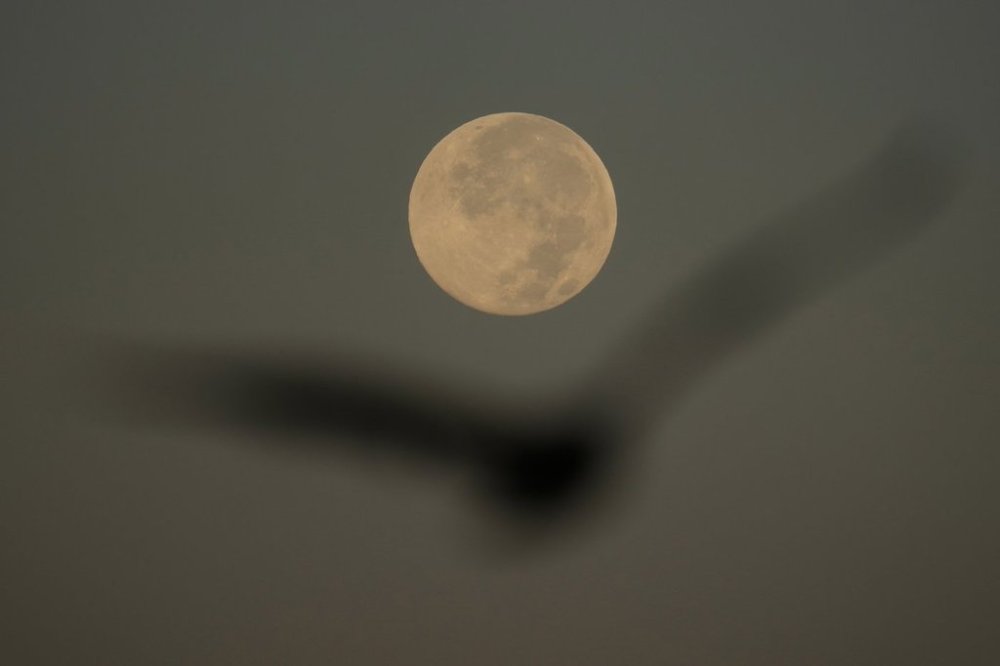How to spot November’s supermoon, the closest of the year
Advertisement
Read this article for free:
or
Already have an account? Log in here »
To continue reading, please subscribe:
Monthly Digital Subscription
$0 for the first 4 weeks*
- Enjoy unlimited reading on winnipegfreepress.com
- Read the E-Edition, our digital replica newspaper
- Access News Break, our award-winning app
- Play interactive puzzles
*No charge for 4 weeks then price increases to the regular rate of $19.00 plus GST every four weeks. Offer available to new and qualified returning subscribers only. Cancel any time.
Monthly Digital Subscription
$4.75/week*
- Enjoy unlimited reading on winnipegfreepress.com
- Read the E-Edition, our digital replica newspaper
- Access News Break, our award-winning app
- Play interactive puzzles
*Billed as $19 plus GST every four weeks. Cancel any time.
To continue reading, please subscribe:
Add Free Press access to your Brandon Sun subscription for only an additional
$1 for the first 4 weeks*
*Your next subscription payment will increase by $1.00 and you will be charged $16.99 plus GST for four weeks. After four weeks, your payment will increase to $23.99 plus GST every four weeks.
Read unlimited articles for free today:
or
Already have an account? Log in here »
NEW YORK (AP) — The moon will look slightly bigger and brighter Wednesday night during the closest supermoon of the year.
The moon’s orbit around the Earth isn’t a perfect circle, so it gets nearer and farther as it swings around. A so-called supermoon happens when a full moon is closer to Earth in its orbit. That makes the moon look up to 14% bigger and 30% brighter than the faintest moon of the year, according to NASA.
November’s supermoon is the second of three supermoons this year and also the closest: The moon will come within just under 222,000 miles (357,000 kilometers) of Earth.

Tides may be slightly higher during a supermoon because the moon is closer to Earth, said astronomer Lawrence Wasserman with Lowell Observatory. But the difference isn’t very noticeable.
No special equipment is needed to view the supermoon if clear skies permit. But the change in the moon’s size can be tough to discern with the naked eye.
“The difference is most obvious as a comparison between other images or observations,” said Shannon Schmoll, director of Abrams Planetarium at Michigan State University, in an email.
Supermoons happen a few times a year. One in October made the moon look somewhat larger, and another in December will be the last of the year.
___
The Associated Press Health and Science Department receives support from the Howard Hughes Medical Institute’s Department of Science Education and the Robert Wood Johnson Foundation. The AP is solely responsible for all content.

